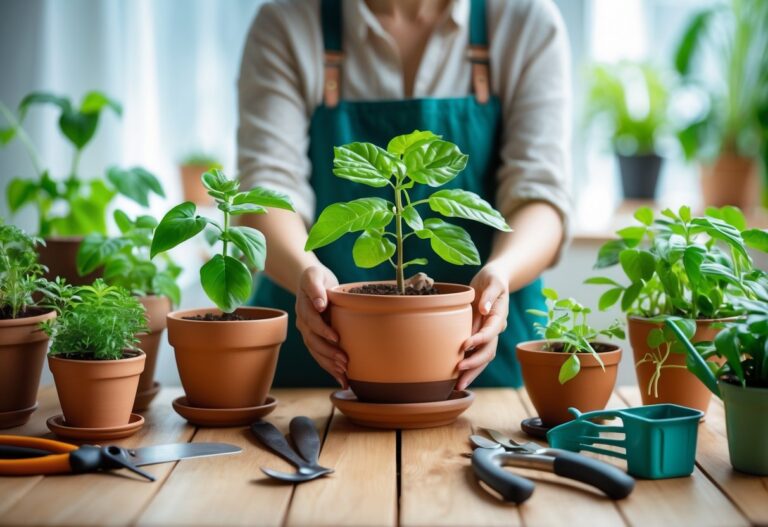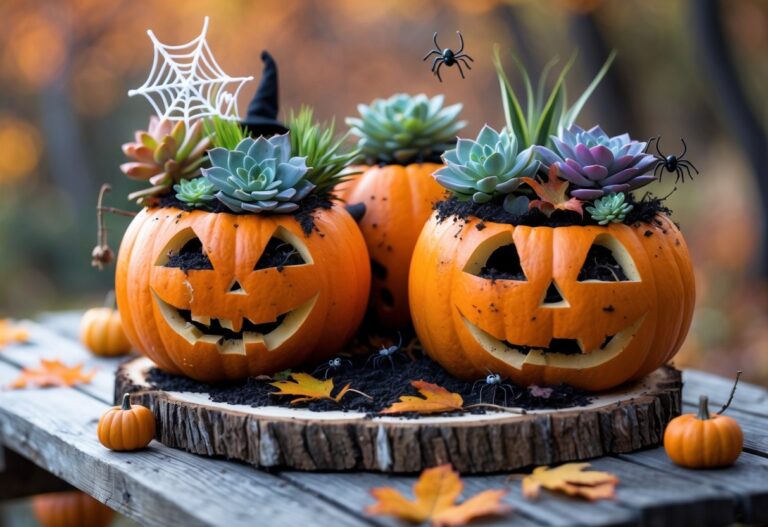Keeping houseplants alive isn’t as complicated as it’s made out to be. What most gardeners won’t tell you is surprisingly simple: Water only when the soil is dry, not by the calendar.
Overwatering is the silent plant killer. If you can get comfortable checking the soil and tuning into your plant’s subtle cues, you’re already ahead of the game.
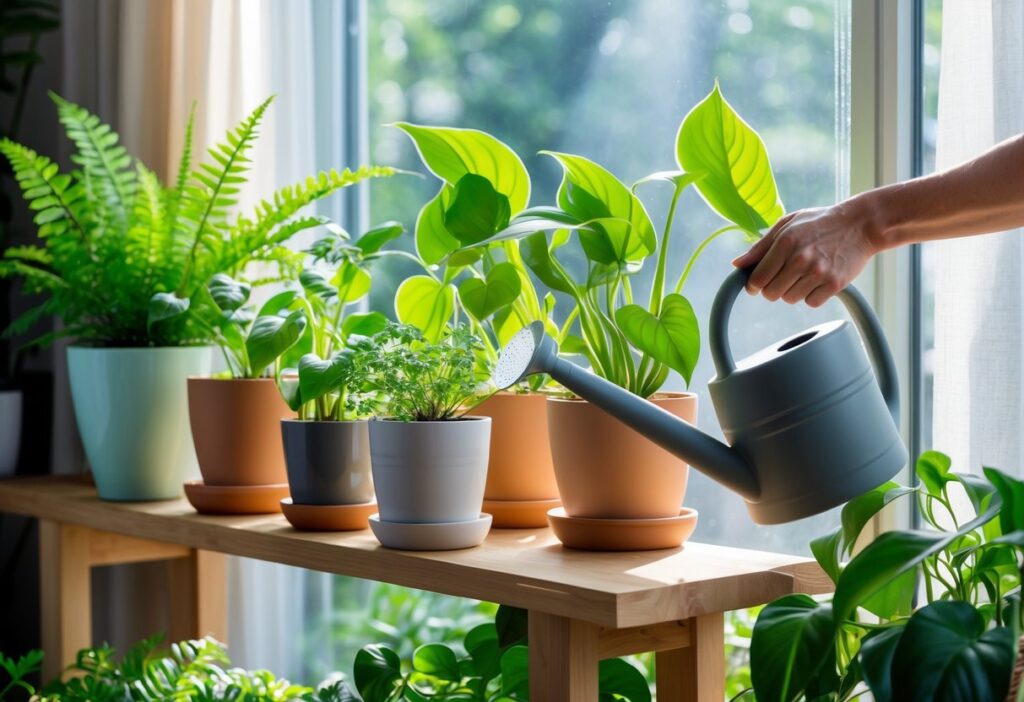
Every plant’s a little different, honestly. Forget watering every Sunday or sticking to strict routines—just, well, watch your plant and see how it’s doing.
Notice the leaves, the soil, the vibe—it’ll tell you when it’s thirsty. This way, you skip the usual mistakes and, honestly, save yourself some headaches.
Once you get the hang of it, houseplants start to feel a lot less intimidating. You might even find yourself actually enjoying the process.
The Essential Secrets to Keeping Houseplants Alive
Keeping houseplants happy is really about getting the basics right. Light, water, soil, and where you put the plant—they all matter more than you might think.
Each one plays a role in keeping your green buddies going strong. Sometimes it feels like a balancing act, but it’s doable.
Unlocking the Golden Rule of Plant Survival
The so-called “golden rule” is to match your plant’s needs to its environment. Every plant’s got its own wishlist when it comes to light, water, and humidity.
Start by figuring out what kind of plant you’ve got and where it comes from. It’s worth a quick search, honestly.
Don’t just guess or pour water on autopilot. Instead, poke your finger into the soil daily—get a little dirty, it’s worth it.
Most houseplants want to dry out a bit between drinks. Moisture meters are handy, but your finger works too.
This habit helps dodge root rot and keeps your plants alive longer. It’s a small thing, but it makes all the difference.
Mastering Light and Placement for Thriving Growth
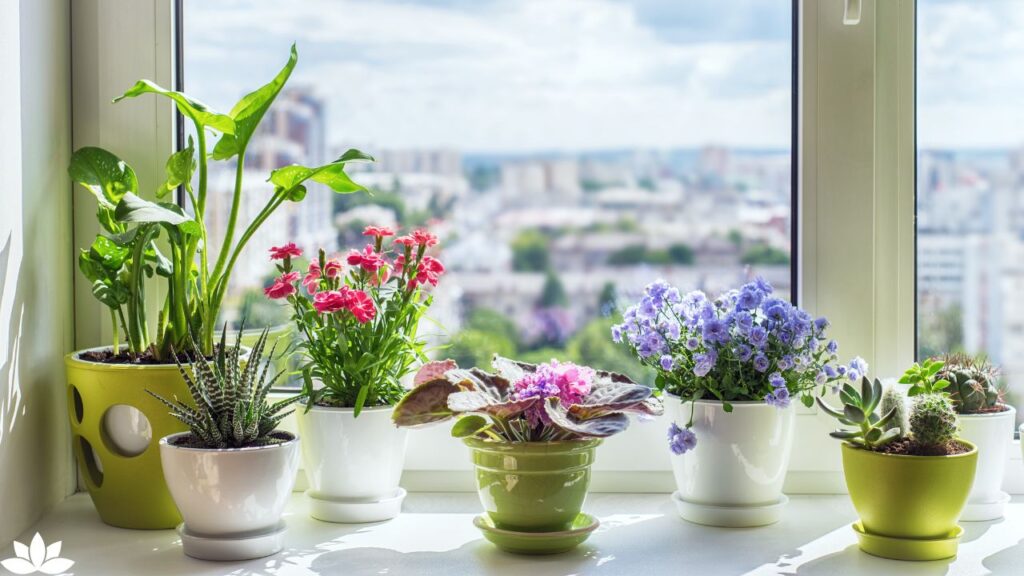
Light’s a big deal—maybe the biggest. Most indoor plants do best in bright, indirect sunlight, not direct beams.
East or north-facing windows are usually safe bets. Sheer curtains help if the sun’s a little too intense.
Some plants, like snake plants or pothos, can hang in low light, but they still need a bit of brightness. If you notice leggy stems or pale leaves, your plant’s probably begging for more light.
Try rotating your plants every week or so. It helps them grow evenly and, honestly, keeps things looking nice.
Watering Strategies Gardeners Swear By
Watering trips up even experienced plant parents. The trick? Water deeply, but not often.
Soak the soil until water runs out the drainage holes. Then, wait until the top inch or two feels dry before watering again.
Never leave your plant sitting in a puddle. That’s root rot territory, and nobody wants that.
How often you water depends on your plant, pot, and even your home’s humidity. There’s no universal rule, so trust your gut (and your finger test).
Choosing the Right Potting and Well-Draining Soil
Soil choice is underrated. Go for well-draining potting mixes made for indoor plants.
The right soil keeps moisture around without drowning the roots. If you want to get fancy, blend in some perlite, vermiculite, or coarse sand.
Garden soil? Just skip it—it gets compacted and soggy. And always, always use pots with drainage holes.
| Soil Components | Purpose |
|---|---|
| Perlite | Improves drainage and aeration |
| Vermiculite | Retains moisture without sogginess |
| Coarse sand | Adds structure to soil |
Getting the soil and pot right saves you a ton of trouble down the line. It’s worth the little extra effort, trust me.
Expert Tips for Long-Term Houseplant Health
Long-term plant health isn’t about hacks or shortcuts—it’s about paying attention. Each plant’s got its quirks, and steady, thoughtful care goes a long way.
Skip the quick fixes and focus on what your plant actually needs. It’s more satisfying that way, anyway.
Humidity, Temperature, and Environmental Control
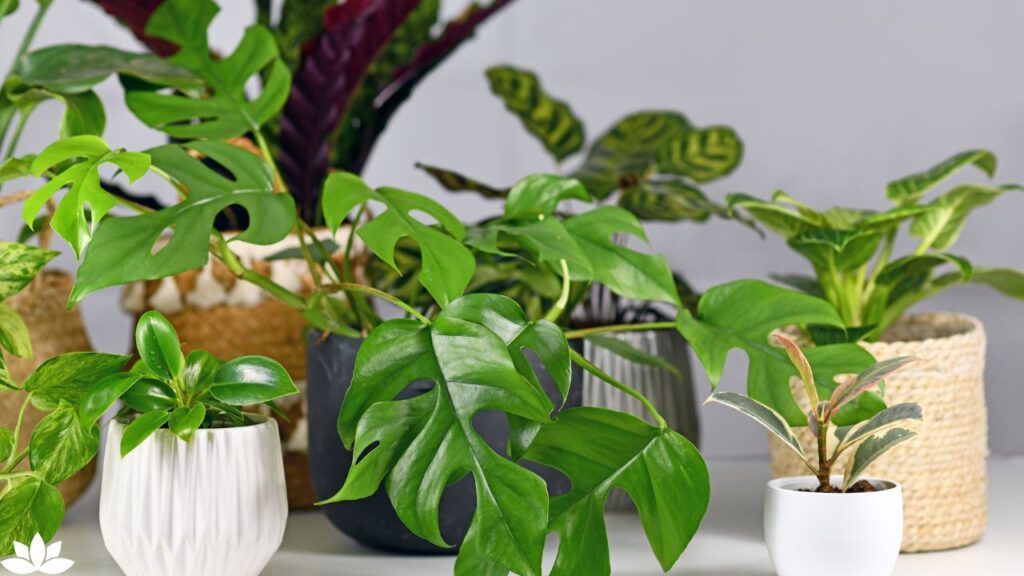
Tropical plants like monstera and jade really love humidity—think 50-60%. You can boost it with misting, pebble trays, or just running a humidifier nearby.
Temperature matters, too. Try to keep things between 65°F and 75°F during the day, with a slight dip at night.
Watch out for drafts and heating vents. Succulents and snake plants tolerate drier air and temperature swings, but even they like a little consistency.
Honestly, just keep an eye on your space and tweak things for each plant. It’s not an exact science.
Understanding Unique Needs of Popular Houseplants
Every plant’s got its own preferences. Succulents like jade need bright light and dry, airy soil—too much water, and they’re toast.
Monsteras want bright, indirect light and rich, moist (but not soggy) soil. Snake plants can handle low light, but they really prefer to dry out between waterings.
It helps to read the tag or look up a quick care guide. Jade plants only want water when their soil’s bone dry, while monsteras need a bit more attention—just less in the winter.
Matching your care to the plant’s personality is half the battle. It’s almost like getting to know a new friend.
Pruning, Fertilization, and Ongoing Maintenance
Don’t be afraid to snip off dead or yellow leaves. It keeps your plants healthy and looking sharp.
Use clean scissors or pruners—no one wants to spread plant germs. If your monstera’s getting wild, trim it back to keep things tidy.
Fertilize during spring and summer, but don’t go overboard. Succulents and snake plants need way less food than tropicals.
Check for pests and dust every now and then. Wipe leaves with a damp cloth so they can breathe and soak up the sun.
Repot every year or two to refresh the soil and give roots room to stretch. It’s kind of like giving your plant a fresh start.
In the end, keeping houseplants alive isn’t about secret formulas or strict routines—it’s about tuning in and rolling with the punches. You’ll make mistakes, but that’s part of the fun. Stick with it, and you’ll have a home full of thriving, happy plants before you know it.
Mistakes to Avoid for Consistent Results
Avoid overwatering—honestly, that’s probably the number one reason houseplants don’t make it. Always poke your finger into the soil to check moisture before grabbing the watering can.
Don’t stick tropical plants like monstera in direct sunlight. Their leaves can scorch surprisingly fast, and nobody wants crispy edges.
Try not to be inconsistent with your care routine. Plants really do better with steady light, water, and humidity; they’re not fans of sudden changes.
Ever notice wilting or yellowing leaves? Don’t just hope it’ll sort itself out. Jumping on problems early can save you a lot of heartache.
Go easy on the fertilizer, too. More isn’t always better—too much can burn roots or leave leaves looking worse for wear.
Honestly, if you dodge these common mistakes, your plants are way more likely to thrive. It’s a bit of trial and error, but that’s half the fun, right?


